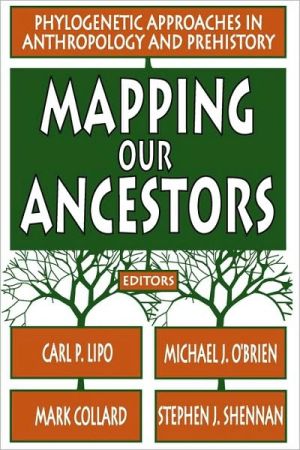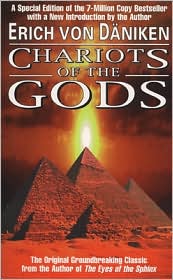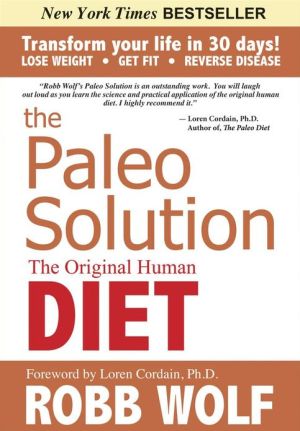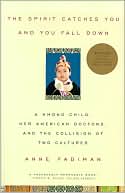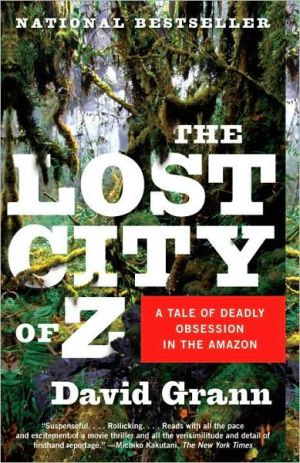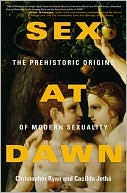Mapping Our Ancestors
Much of what we are comes from our ancestors. Through cultural and biological inheritance mechanisms, our genetic composition, instructions for constructing artifacts, the structure and content of languages, and rules for behavior are passed from parents to children and from individual to individual. Mapping Our Ancestors demonstrates how various genealogical or "phylogenetic" methods can be used both to answer questions about human history and to build evolutionary explanations for the shape...
Search in google:
Much of what we are comes from our ancestors. Through cultural and biological inheritance mechanisms, our genetic composition, instructions for constructing artifacts, the structure and content of languages, and rules for behavior are passed from parents to children and from individual to individual. Mapping Our Ancestors demonstrates how various genealogical or"phylogenetic" methods can be used both to answer questions about human history and to build evolutionary explanations for the shape of history.Anthropologists are increasingly turning to quantitative phylogenetic methods.These methods depend on the transmission of information regardless of mode and as such are applicable to many anthropological questions. In this way,phylogenetic approaches have the potential for building bridges among the various subdisciplines of anthropology; an exciting prospect indeed.
Foreword1Cultural phylogenies and explanation : why historical methods matter32What is a culturally transmitted unit, and how we find one?193Cultural traits and linguistic trees : phylogenetic signal in East Africa334Branching versus blending in macroscale cultural evolution : a comparative study535Seriation and cladistics : the difference between anagenetic and cladogenetic evolution656The resolution of cultural phylogenies using graphs897Measuring relatedness1098Phylogenetic techniques and methodological lessons from bioarchaeology1199Phylogeography of archaeological populations : a case study from Rapa Nui (Easter Island)13110Tracking culture-historical lineages : can "descent with modification" be linked to "association by descent"?14911Cultural transmission, phylogenetics, and the archaeological record16912Using cladistics to construct lineages of projectile points from Northeastern Missouri18513Reconstructing the flow of information across time and space : a phylogenetic analysis of ceramic traditions from prehispanic Western and Northern Mexico and the American Southwest20914Archaeological-materials characterization as phylogenetic method : the case of Copador pottery from Southeastern Mesoamerica23115The spread of Bantu languages, farming, and pastoralism in sub-equatorial Africa24916Are accurate dates an intractable problem for historical linguistics?26917Afterword299
\ From the Publisher"As the various contributors to [Mapping Our Ancestors] make perfectly clear, the application of evolutionary theory to cultural change cannot simply borrow from biological evolution. Cultural transmission is qualitatively different from genetic transmission and requires different concepts and principles, which cannot be borrowed but must be developed by archaeologists, anthropologists, and linguists. Among the differences between cultural and genetic transmission are the presence of horizontal as well as vertical inheritance, the greater propensity for neutral variation, the much higher probability of reticulation (or hybridization), and a more fluid scale at which evolution can occur. While much work remains to be done, the various contributors have made great strides in identifying these problems and suggesting ways they might be resolved. The various articles are not just abstract theorizing but practical attempts to grapple with these issues. After reading this book, how an evolutionary theory of culture might look becomes clearer."—James K. Feathers, Department of Anthropology, University of Washington "These engaging essays help point the way to a new, exciting four-field anthropology, grounded in the use of evolutionary theory and phylogenetic methods to make and evaluate inferences about what happened in human history for archaeological, linguistic, biological, and ethnological data."—Fraser D. Neiman, Monticello "As the various contributors to [Mapping Our Ancestors] make perfectly clear, the application of evolutionary theory to cultural change cannot simply borrow from biological evolution. Cultural transmission is qualitatively different from genetic transmission and requires different concepts and principles, which cannot be borrowed but must be developed by archaeologists, anthropologists, and linguists. Among the differences between cultural and genetic transmission are the presence of horizontal as well as vertical inheritance, the greater propensity for neutral variation, the much higher probability of reticulation (or hybridization), and a more fluid scale at which evolution can occur. While much work remains to be done, the various contributors have made great strides in identifying these problems and suggesting ways they might be resolved. The various articles are not just abstract theorizing but practical attempts to grapple with these issues. After reading this book, how an evolutionary theory of culture might look becomes clearer."—James K. Feathers, Department of Anthropology, University of Washington "These engaging essays help point the way to a new, exciting four-field anthropology, grounded in the use of evolutionary theory and phylogenetic methods to make and evaluate inferences about what happened in human history for archaeological, linguistic, biological, and ethnological data."\ —Fraser D. Neiman, Monticello "AS an anthropological method, phylogenetic mapping is still a relatively new method that is in its infancy. Studying this topic has value because it may hold a key to the future of anthropological studies in determining transmission of culture. Phylogenetic mapping is a creative method that allows for a new way to interpret data as well as giving rise to new hypotheses for understanding culture change.....The focus on the relationships of biology, culture change, and knowledge transmission over time and across space are core anthropological concerns impacting every subfield. To understand the complexities of using phylogenetic mapping, one must have a solid four field background. Thus, this highly technical book is most relevant for archaeologists, bioarchaeologists, and historical linguists." \ —Maria R. Roti, Anthropology and Aging Quarterly\ \
